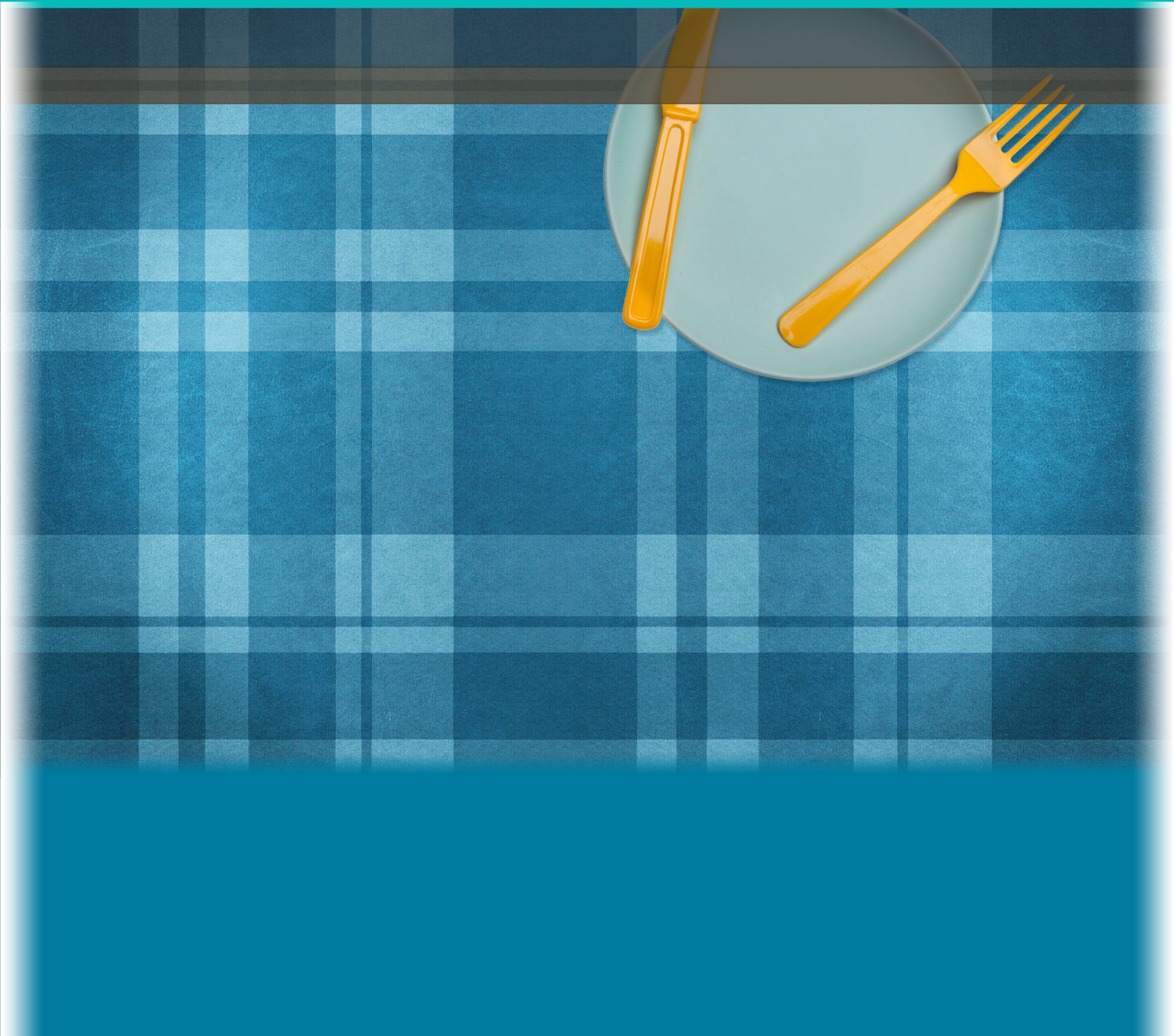Teacher Notes
Fast Food and Obesity (15-20 minutes) > Print/View All Notes
Students will consider the role that fast food plays in our nation's obesity epidemic in this activity. First, go over the definition of obesity and make sure students understand obesity and Body Mass Index. Afterwards, facilitate a class discussion about students' thinking about fast food. Ask students:
Do you enjoy fast food? Why or why not?
What factors influence your decision to eat or not eat fast food?
What is the general attitude toward consumption of fast food in your community?
What role do you think fast food might play in our nation's obesity epidemic?
What other factors contribute to our nation's obesity epidemic?
As students discuss the causes of obesity, including caloric intake, physical activity and genetics, you may wish to remind students of the difference between inherited traits and acquired traits. In a nutshell, inherited traits are characteristics that are passed down through our genes—for example, differences in the genes that produce hunger-regulating hormones. Acquired traits are characteristics that have no genetic basis—for example, a habit of eating dessert after every meal.
Students can discuss the questions with the entire class, in small groups or using an online tool like
VoiceThread
![]() .
.
Standards Addressed:
Health Standard 1,
Health Standard 3,
Health Standards 6,
WHST.9-10.7,
SSOP4
ᅠ
![]()


